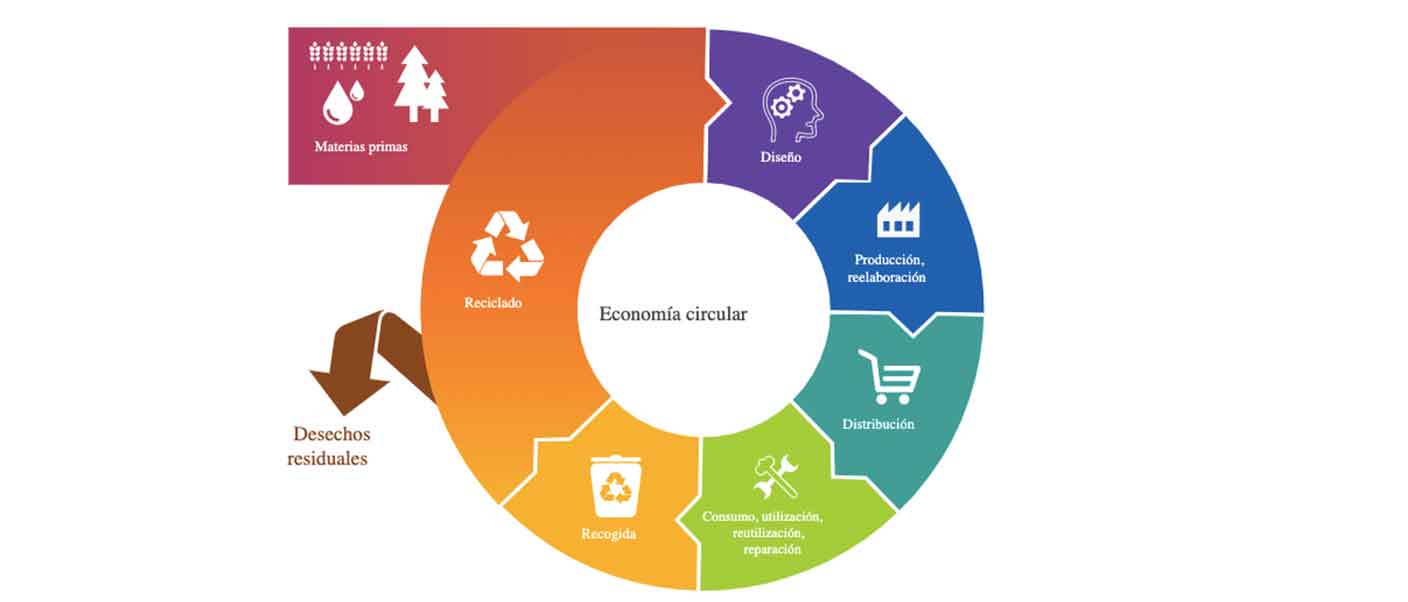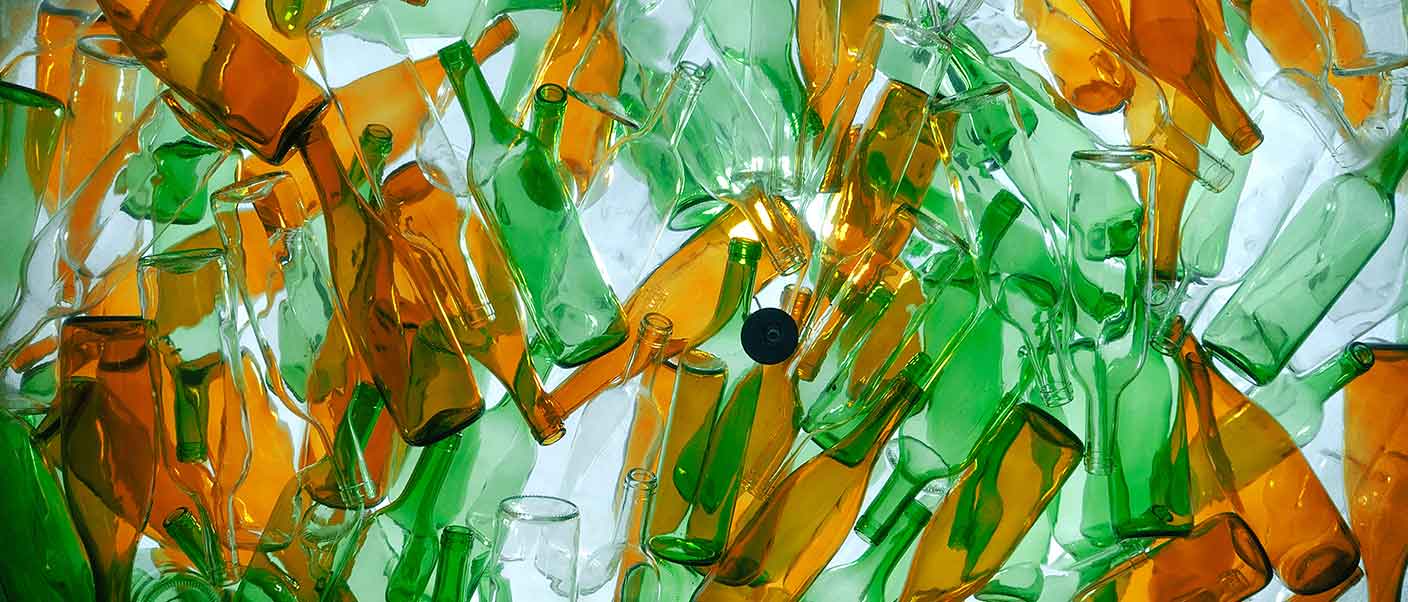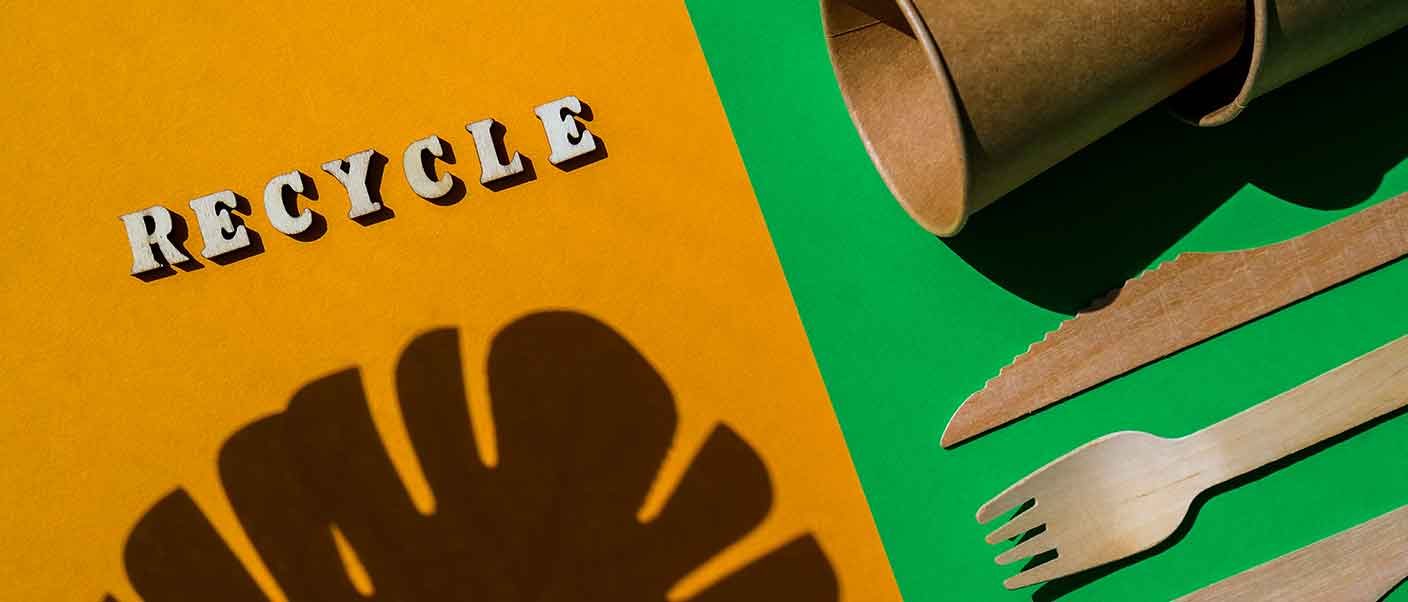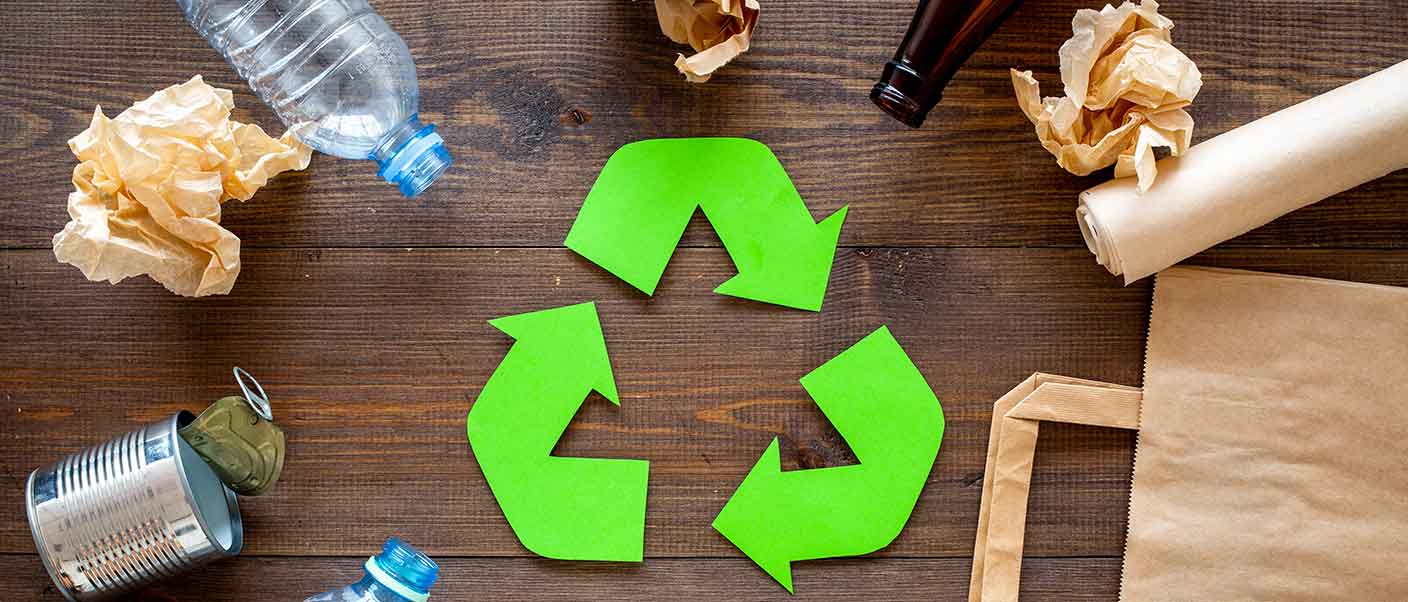If there’s one thing trending in the beverage sector and its packaging processes, it is unquestionably sustainability.
In the following post, we analyse the use of certain materials like aluminium and glass, preferences for one or the other, the role recycling is playing at the moment, as well as the degree of involvement of the industry and the on-trade sector in sustainable development.
Sustainability is part of the current panorama and will be a leading force in coming years in the beverage industry. This concept represents the union of two main realities.
On the one hand, increased awareness in general and respect for the environment in the business world and, on the other, the promotion of appropriate use of natural resources.
We are currently passing through an important period of transition.
From the concept of corporate responsibility, we have moved to considering sustainability as a priority and urgent factor, without setting aside the economy as a fundamental engine for achieving a truly sustainable future.
Circular economy in beverages
Using the definition of the European Union, when we talk about the circular economy, we are referring to a model of production and consumption based on sharing, renting, reusing, repairing, refurbishing and recycling existing materials and products as much as possible in order to generate added value in companies and in industry in general.
That means minimizing waste and, when a product ceases to exist, its materials must be kept inside this circle to the extent possible.
This concept of the circular economy contrasts with the traditional linear economic mode of “use and throw away”.
Beverage producers are fully aware and convinced that the key lies in the use and management of efficient processes aimed at reducing environmental impact.
This is in addition to reducing the use of single-use plastics through the use of returnable containers and to good waste management.

This model, besides allowing us to advance in addressing the shortage of raw materials and growing demand worldwide, gives countries a certain degree of independence.
Recycling figures for beverage containers
A report by Ecoembes provides interesting data on recycling rates in this country.
Spain figures prominently, because, according to the latest (2016) Eurostat data, it is in sixth place in the European Union ranking of container recycling (household, commercial and industrial), with a rate of 70.3%.
A significant rate in which, by material type, metals are in first place (85.4%), followed by paper and cardboard (80%) and plastic (nearly 76%).

We also have to mention the on-trade sector, because its level of awareness and commitment to container recycling is quite high.
So high that it has created a strategic plan, “2030 Strategy” on the use of plastics, elimination of single-use and with the SDGs (Sustainable Development Goals).
Over half the professionals in the on-trade sector use returnable containers, with eating and drinking establishments doing so at a rate of 63.4%.
As for glass containers, they are recycled at a rate of 50%, giving them a second life (especially beer and soft drink bottles).

Cans, Briks and other plastic containers fall somewhat farther down in the ranking, because although establishments try to comply, recycling depends less on them than on the customer.
As for beer, 40% of the beer sold in Spain in on-trade establishments complies amply with the sustainability chain thanks to keg service (one of the most sustainable) and reusable glass, which is much more sustainable than other types of containers.

Glass vs Aluminium: which container is more sustainable?
Although we have already spoken in another blog post about which container is better, with the pros and cons of each, when it comes to respect for the environment, glass and plastic are almost certainly more sustainable than aluminium.
Nonetheless, although the majority of brands now use 100% recyclable containers (aluminium cans, glass bottles), some, such as multi-layer bricks, are not.
The industry, however, is dedicating a large part of its resources to making the materials completely recyclable and to complying with the standards for the circular economy contained in EU law.
The latest packaging trends are providing more and more solutions with biodegradable and pollutant-free materials, because the goal is to achieve completely sustainable and green production.










Comments